Throughout Southeast Asia, textile traditions represent both cultural identity and artistic expression, with techniques passed down through generations of master weavers. While many travelers admire these textiles in markets and museums, a growing number seek deeper engagement through hands-on learning experiences.
Fortunately, many communities have developed workshops where visitors can try traditional weaving techniques under the guidance of skilled practitioners. Here is a list of 15 destinations across Southeast Asia where travelers can participate in authentic textile workshops while supporting traditional craft preservation.
Luang Prabang, Laos
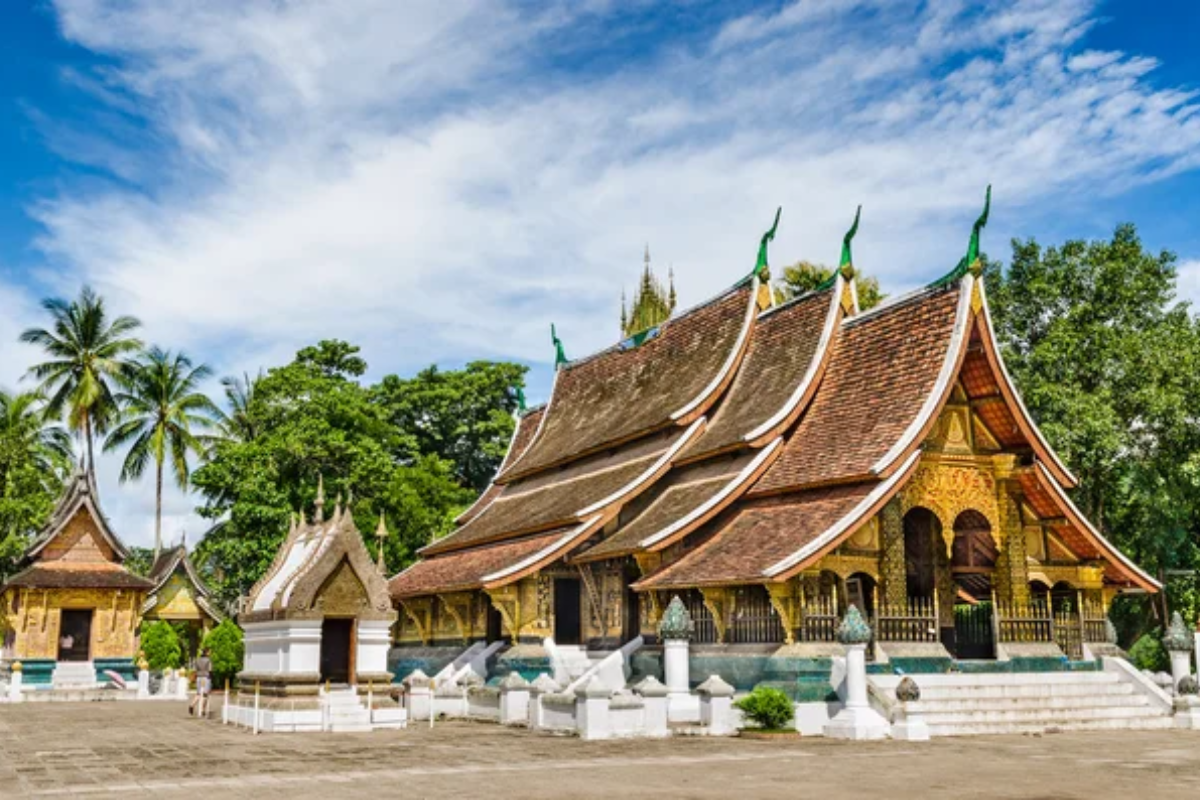
The ancient royal capital of Laos offers exceptional opportunities to learn traditional silk weaving techniques that once supplied the royal court. The Ock Pop Tok Living Crafts Center, set in a tropical garden alongside the Mekong River, provides day-long workshops where visitors learn backstrap loom weaving directly from master artisans.
Participants select naturally dyed silks and create their own small pieces while learning about motifs that have spiritual and cultural significance in Lao culture. The center’s commitment to fair trade ensures that artisan teachers receive appropriate compensation while maintaining traditional knowledge systems.
Siem Reap, Cambodia
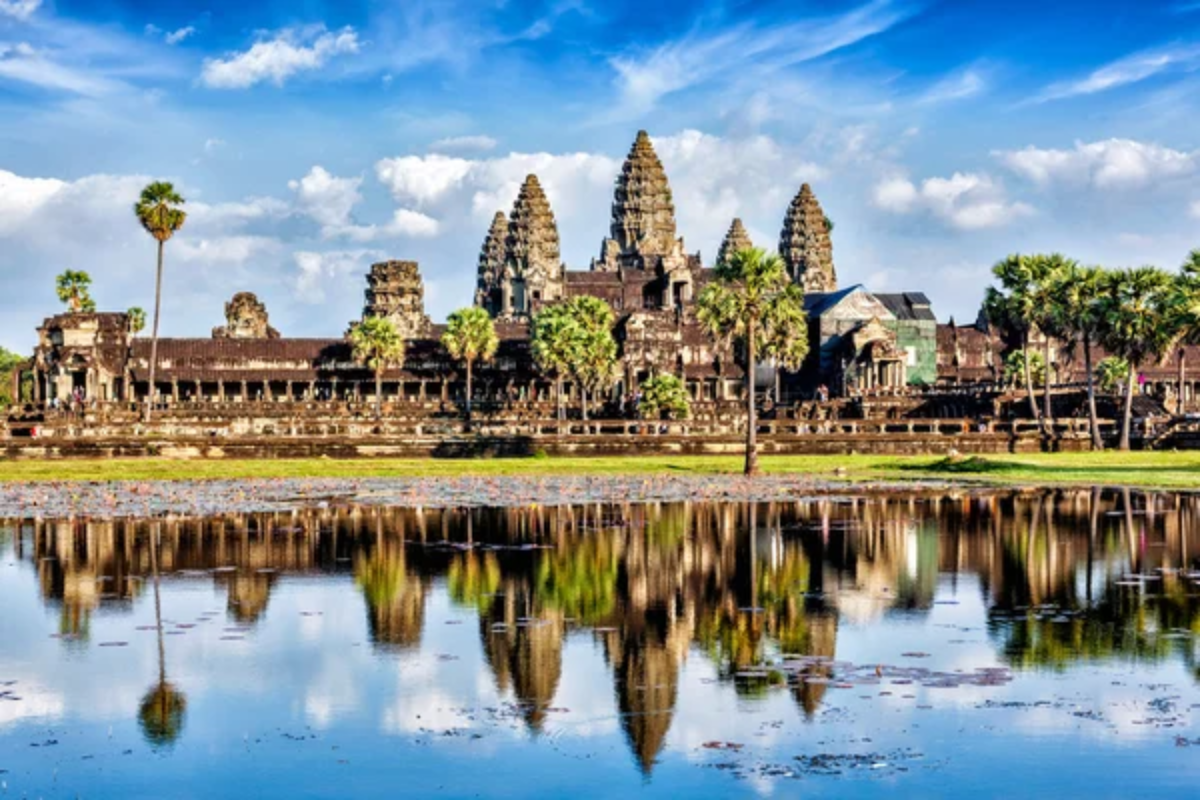
Beyond the famous temples of Angkor, this Cambodian cultural center hosts several organizations dedicated to reviving traditional weaving techniques that nearly disappeared during the Khmer Rouge period. The Institute for Khmer Traditional Textiles offers immersive workshops where visitors learn about silk production from mulberry cultivation through spinning, natural dyeing, and basic loom techniques.
The distinctive Cambodian silk ikat weaving process, where threads are tie-dyed before weaving, creates characteristic patterns that workshop participants learn to appreciate through hands-on experience. Visitors often report that these textile experiences provide unexpected emotional connections to Cambodia’s cultural resilience.
Like Travel Pug’s content? Follow us on MSN.
Chiang Mai, Thailand
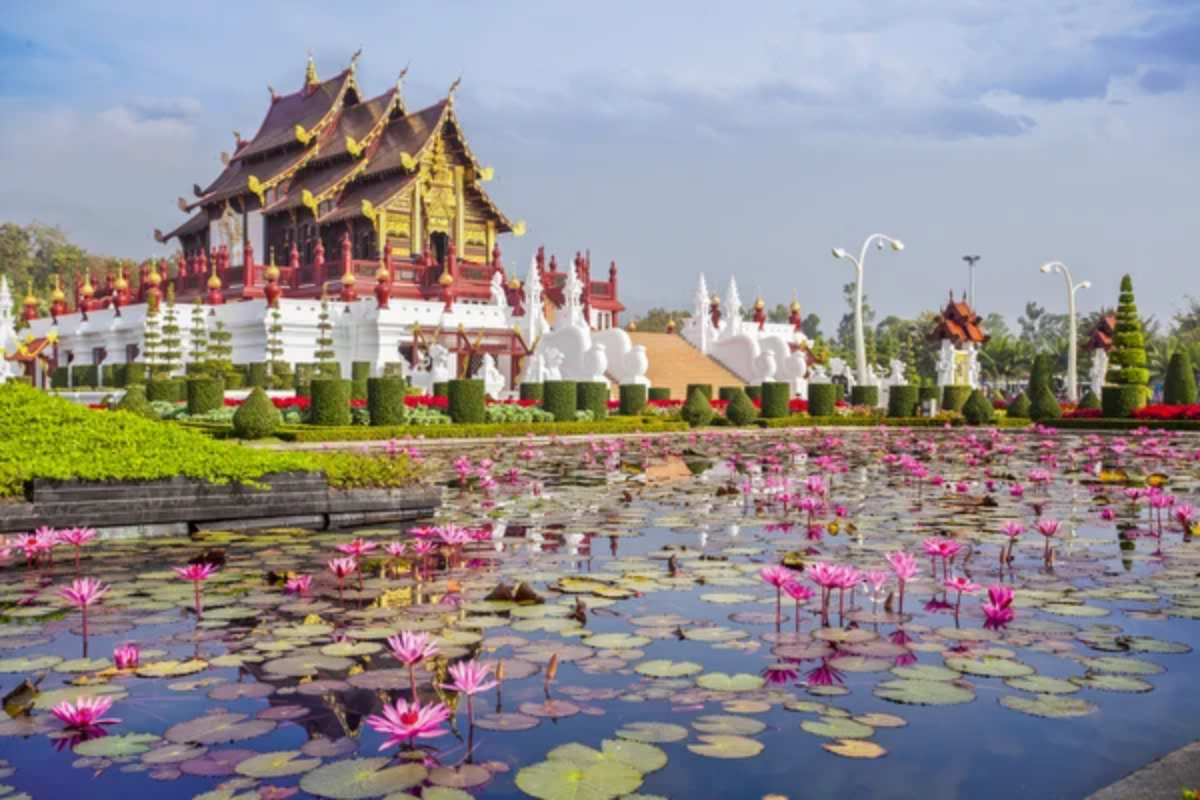
Northern Thailand’s cultural capital serves as a center for traditional textiles of the region’s diverse ethnic communities, including Thai, Hmong, Karen, and Lahu weaving styles. Studio Naenna offers half-day workshops focused on various techniques, including the geometric patterns of hill tribe textiles and the complex mud-dyed indigo textiles traditional to the region.
The city hosts numerous small textile studios where individual master weavers share their specific technical expertise in intimate settings. The surrounding villages specialize in distinctive styles, allowing dedicated textile enthusiasts to arrange visits to specific communities known for particular techniques.
Ubud, Bali, Indonesia

This Balinese cultural hub provides access to distinctive textile traditions that reflect the island’s unique Hindu cultural heritage. Threads of Life Cultural Center offers workshops focused on traditional natural dyeing techniques using materials like indigo, mengkudu root, and morinda bark.
The sacred double-ikat geringsing textiles from nearby Tenganan village require complex techniques that take months to complete, though visitors can learn basic principles through demonstration. The strong connection between textiles and spiritual practices in Balinese culture adds depth to the learning experience, with many patterns holding specific ceremonial significance.
Lombok, Indonesia

The island east of Bali maintains distinctive weaving traditions less influenced by tourism, with opportunities for authentic learning experiences in traditional village settings. The Sukarara weaving village welcomes visitors to learn about the distinctive songket technique that incorporates supplementary gold or silver threads to create raised patterns on handwoven cloth.
Workshop participants learn basic weaving moves on traditional looms while master weavers demonstrate the more complex techniques that might take months to complete. The distinctive patterns reflect distinct local cultural motifs that differ significantly from neighboring Balinese textiles, demonstrating the remarkable diversity of Indonesian textile traditions.
Like Travel Pug’s content? Follow us on MSN.
Yogyakarta, Java, Indonesia
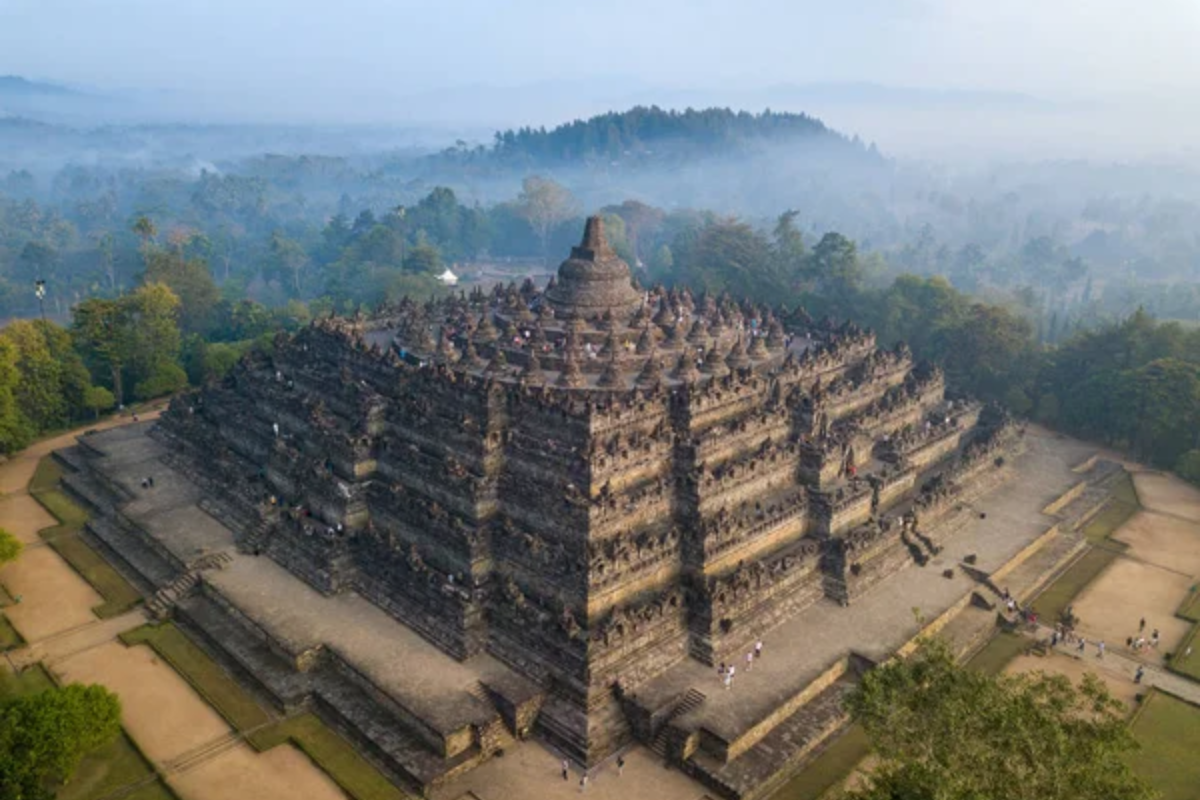
The cultural heart of Java offers unparalleled opportunities to learn about batik, the wax-resist dyeing technique that represents Indonesia’s most famous textile tradition. The Batik Research Institute provides workshops where visitors learn to apply molten wax using traditional tools called canting before dyeing cloth in indigo or other natural colors.
The distinctive Javanese patterns reflect sophisticated design traditions connected to the historical Sultanate courts, with specific motifs once reserved for royal families. Contemporary batik studios also demonstrate how the traditional technique continues to evolve through modern artistic expressions.
Kota Bharu, Malaysia
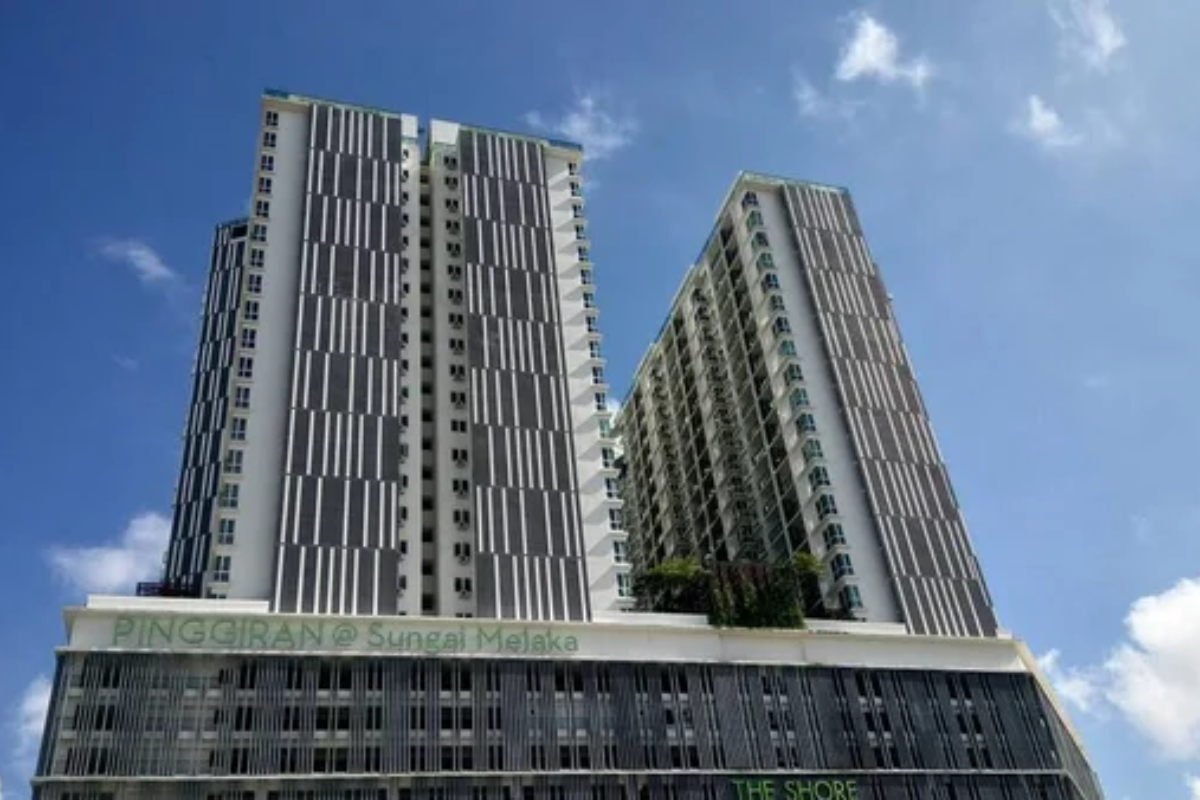
This northeastern Malaysian city serves as a gateway to traditional Malay textile arts, particularly the distinctive songket weaving that incorporates metallic threads. The Handicraft Village and Craft Museum offers demonstrations and workshops where visitors learn basic techniques for creating the intricate patterns that characterize Malaysian formal textiles.
The region’s strong Islamic cultural influence appears in the geometric designs that adorn traditional cloths used for ceremonial purposes. The proximity to the Thai border creates interesting cultural fusion in textile patterns that reflect influences from both cultures.
Manila, Philippines
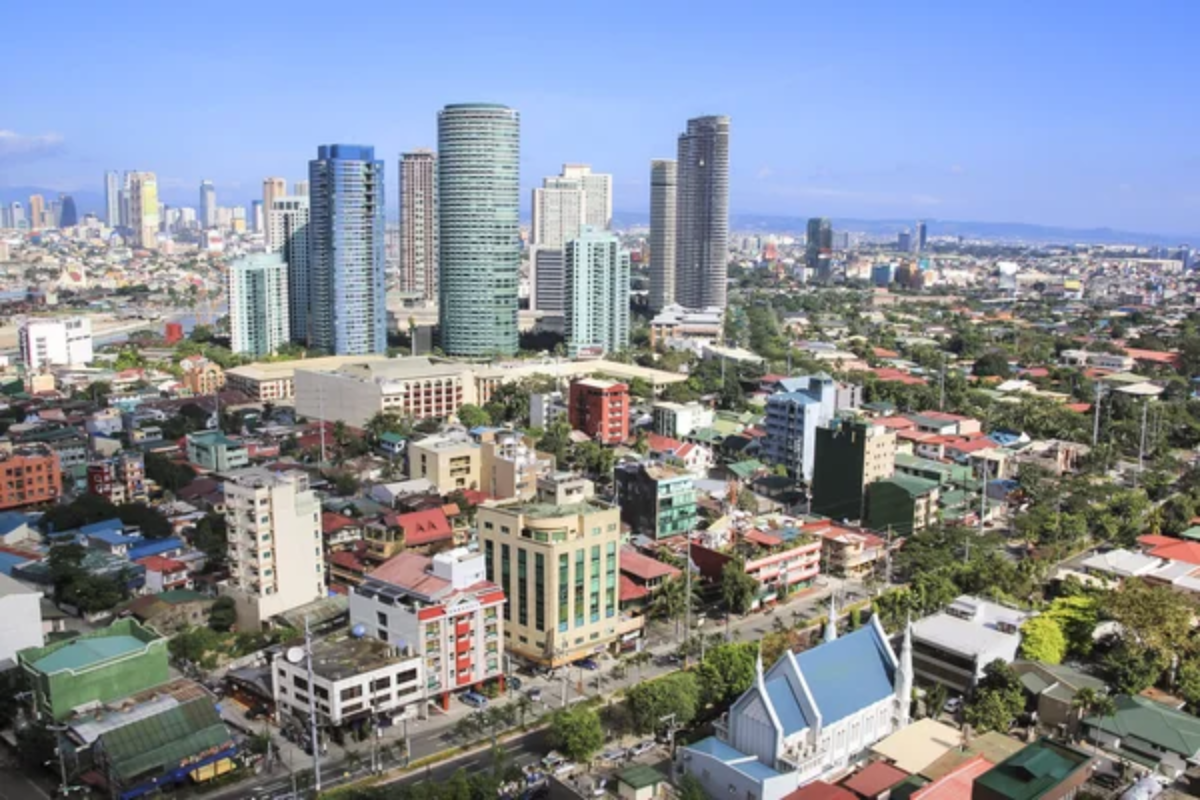
The Philippine capital provides access to distinctive textile traditions from across the archipelago’s diverse cultural groups through institutions like the Philippine Textile Research Institute. Workshops focus on techniques such as inabal weaving from Mindanao or the distinctive piña cloth made from pineapple leaf fibers, a uniquely Philippine contribution to world textile traditions.
The cultural complexity of the Philippines creates remarkable diversity in textile approaches, from the geometric patterns of indigenous groups to Spanish-influenced embroidery techniques. The strong tradition of social entrepreneurship in Philippine craft revival means that many workshops directly support indigenous communities.
Like Travel Pug’s content? Follow us on MSN.
Sapa, Vietnam
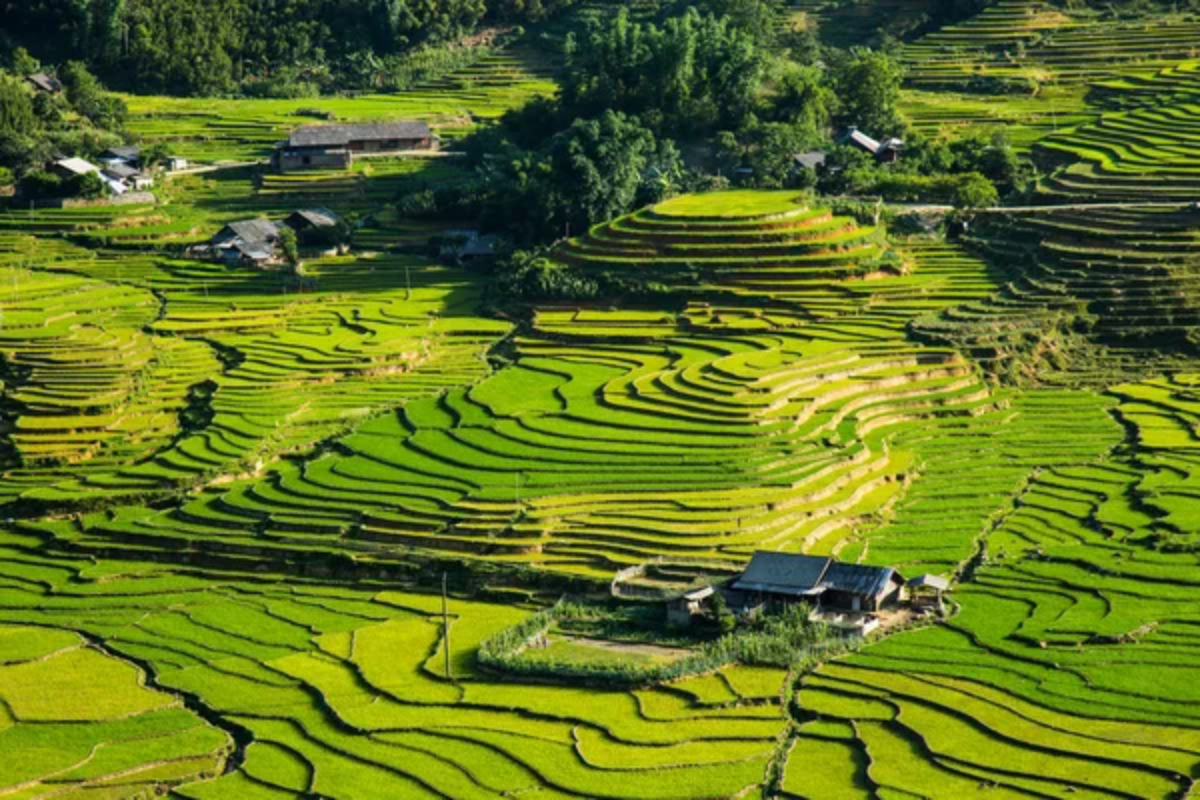
This northern Vietnamese mountain town offers access to distinctive textile traditions of Hmong, Red Dao, and other ethnic minority communities who maintain vibrant textile practices. The Sapa O’Chau social enterprise arranges workshops with local artisans who demonstrate hemp processing, indigo dyeing, batik, and embroidery techniques central to traditional dress.
The distinctive indigo-dyed hemp fabrics with colorful embroidery and batik decorations represent some of the most recognizable ethnic textiles in Southeast Asia. Homestay arrangements in surrounding villages often include informal textile demonstrations as part of the cultural exchange.
Phnom Penh, Cambodia
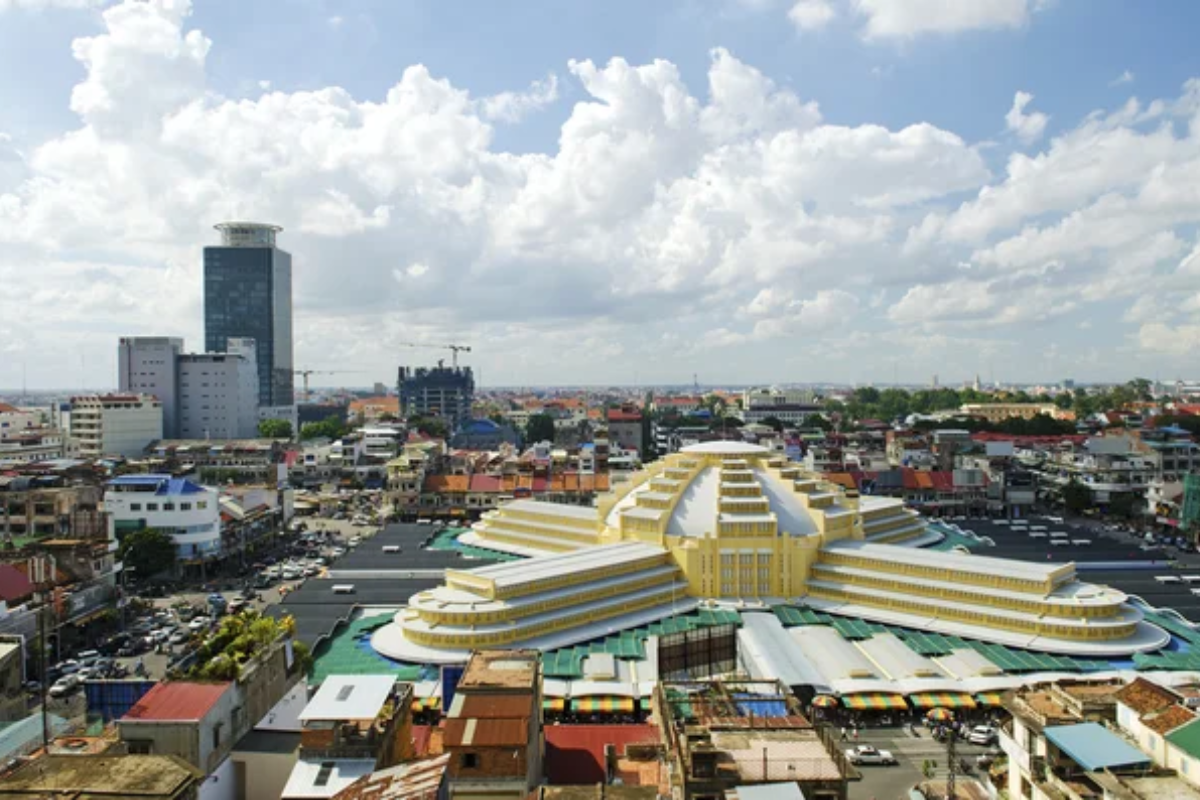
Cambodia’s capital hosts several organizations dedicated to preserving traditional weaving techniques that represent important cultural heritage. The National Museum offers specialized workshops connected to its textile collection, where visitors learn about the distinctive patterns and techniques that characterize royal court textiles.
The Cambodia Weaving Association arranges more intensive learning experiences with master weavers who demonstrate the complex process of creating traditional silk textiles. The city’s growing contemporary design scene also offers opportunities to see how traditional techniques are being applied in modern contexts.
George Town, Penang, Malaysia
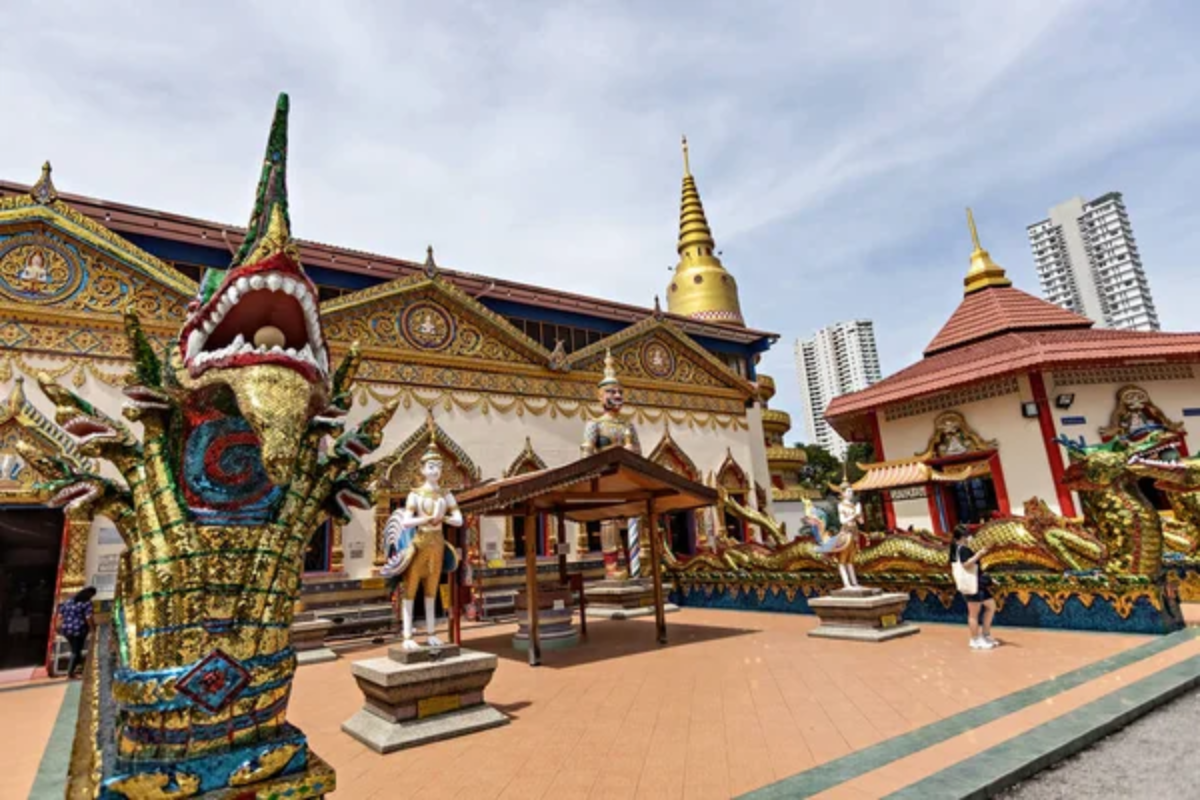
This UNESCO World Heritage city reflects Malaysia’s multicultural heritage through distinctive textile traditions, including Nyonya beadwork, Indian embroidery, and Chinese silk techniques. The Batik Painting Museum offers workshops where visitors learn the Malaysian approach to batik that differs from Indonesian techniques through its more painterly application of wax.
The Penang State Museum sometimes hosts special workshops focused on the region’s distinctive beaded shoes and embroidery techniques associated with Peranakan culture. The multicultural environment provides a unique perspective on how textile techniques travel and transform across cultural boundaries.
Like Travel Pug’s content? Follow us on MSN.
Solo (Surakarta), Java, Indonesia
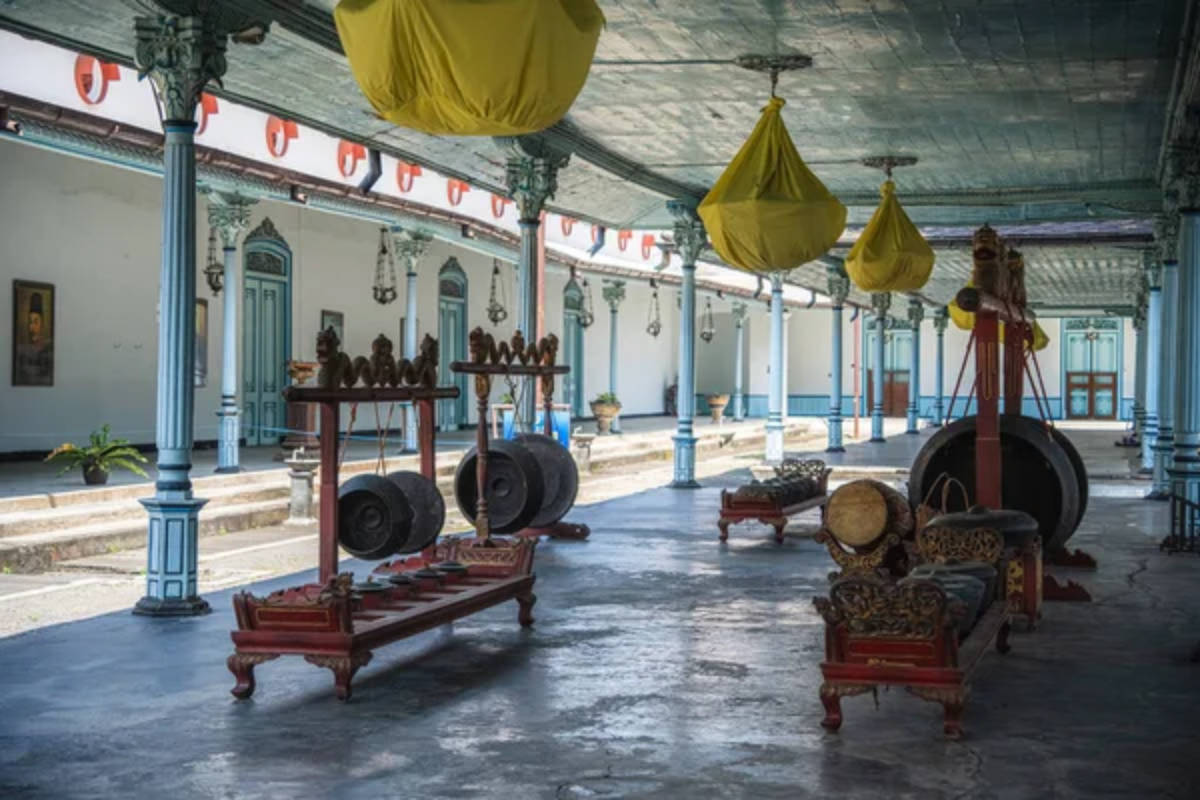
This historic Javanese city maintains some of Indonesia’s most refined batik traditions, with workshops available at traditional batik studios that have supplied royal courts for generations. The Danar Hadi Batik Museum offers specialized workshops where visitors learn about the distinctive Solo batik style characterized by sogan brown colors and refined court patterns.
The city’s traditional batik villages like Laweyan welcome visitors to learn about the communal aspects of batik production that involve specialized roles within family workshops. The continued patronage of the Surakarta court helps maintain standards for the most complex traditional patterns.
Inle Lake, Myanmar
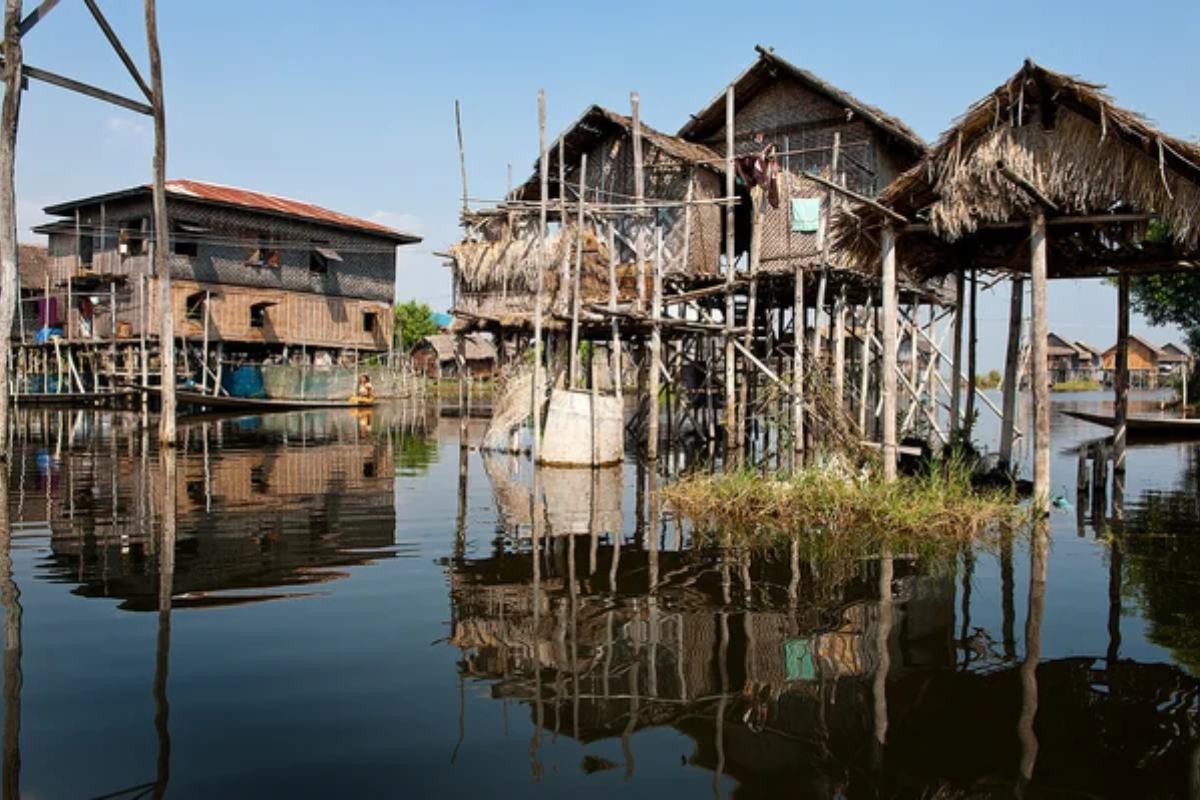
The floating villages of Inle Lake host distinctive lotus steam fiber weaving—one of the rarest textile techniques in the world, where fibers are extracted from lotus stems to create incredibly soft, light fabric. Workshop participants learn about the labor-intensive process of extracting and spinning the delicate fibers before trying simple weaving techniques on traditional looms.
The surrounding hill communities maintain distinctive weaving traditions using cotton and other fibers, with patterns that reflect the cultural identity of different ethnic groups. The isolation of many communities has helped preserve techniques that have disappeared elsewhere.
Ban Phanom, Laos

This weaving village near Luang Prabang specializes in traditional Lao textiles characterized by intricate supplementary weft patterns that create raised designs on handwoven fabric. Small family workshops welcome visitors to try basic weaving techniques while demonstrating the more complex pattern work that characterizes ceremonial textiles.
The distinctive Lao patterns include mythological figures, naga serpents, and geometric designs that hold specific cultural significance. The direct village experience provides insight into how weaving remains integrated into daily life rather than being solely produced for tourist markets.
Like Travel Pug’s content? Follow us on MSN.
Tan Chau, Vietnam
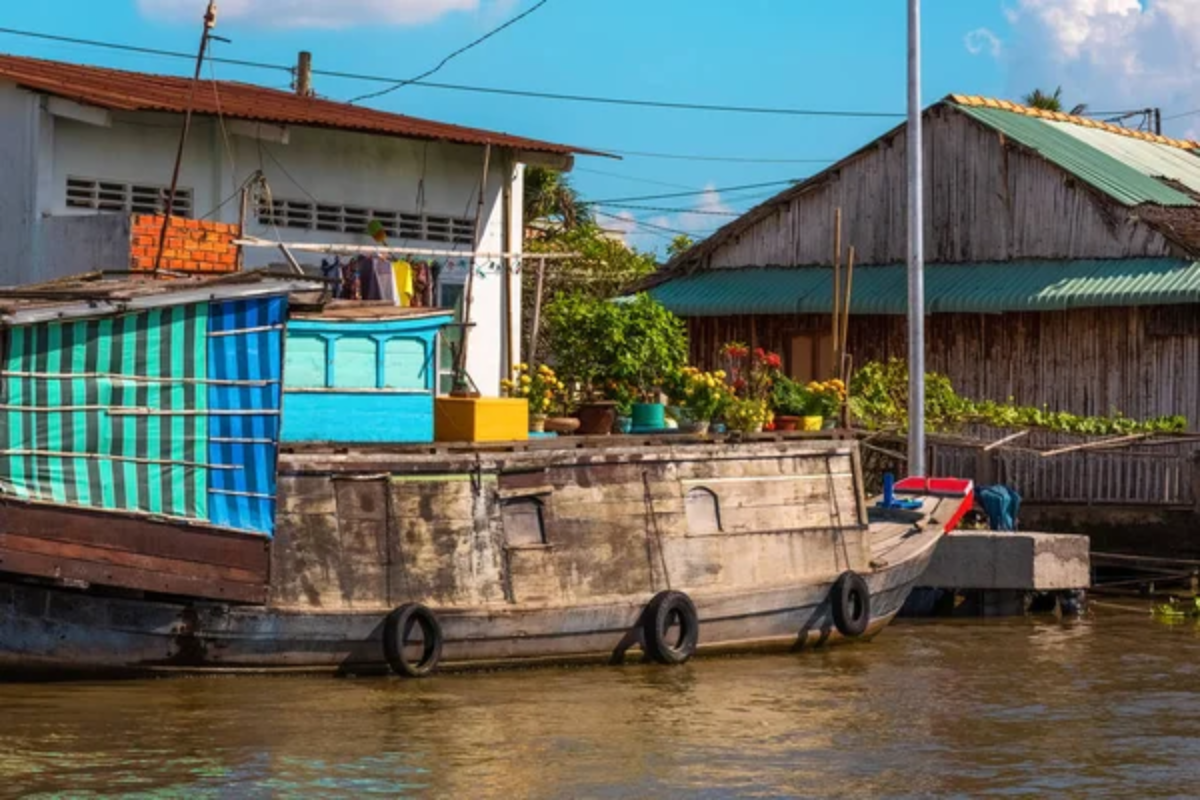
This Mekong Delta town specializes in the distinctive Vietnamese silk weaving technique that uses natural dyes, particularly the local ebony fruit that creates characteristic deep black silks. Workshops through the Tan Chau Silk Village initiative introduce visitors to the specific techniques that have made this region famous for its silk production for centuries.
The proximity to Cambodia creates interesting cross-border influences in patterns and techniques that reflect the region’s complex cultural history. The workshops emphasize sustainable production methods that maintain traditional knowledge while creating economic opportunities in rural communities.
Weaving Connections

These textile experiences offer travelers meaningful ways to engage with Southeast Asian cultures through hands-on learning. Beyond creating beautiful souvenirs, workshop participation supports traditional knowledge preservation while creating economic opportunities that help communities maintain their cultural heritage.
The physical experience of working with looms, natural dyes, and traditional tools provides insights that passive observation cannot match. For travelers seeking authentic cultural engagement beyond typical tourist experiences, these textile workshops create connections across language barriers through the universal language of creating beauty with one’s hands.
The next time you visit Southeast Asia, consider setting aside time to learn from the region’s master weavers—you’ll take home not just a handmade textile but also a deeper appreciation for traditions that have sustained communities for centuries.
More from Travel Pug

- 20 Towns Built for One Purpose That Were Later Abandoned
- 15 Hidden Spots in Disney World’s Magic Kingdom Most Visitors Miss
- 20 Once-Popular Beach Towns That Are Now Ghostly Empty
- 15 Canyons in the U.S. That Are Just as Stunning as the Grand Canyon
- 10 Under-the-Radar Mountain Towns That Are Both Affordable and Beautiful
Like Travel Pug’s content? Follow us on MSN.
